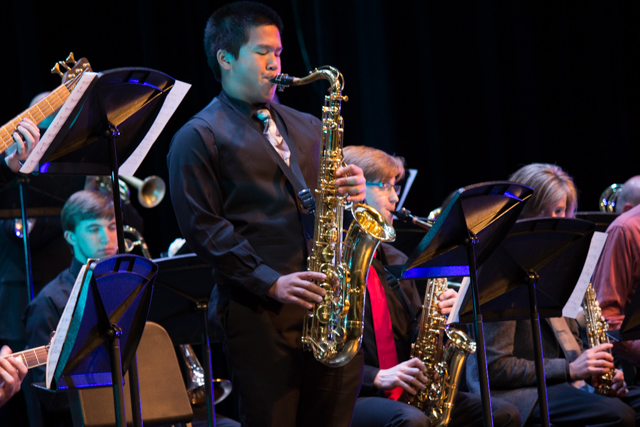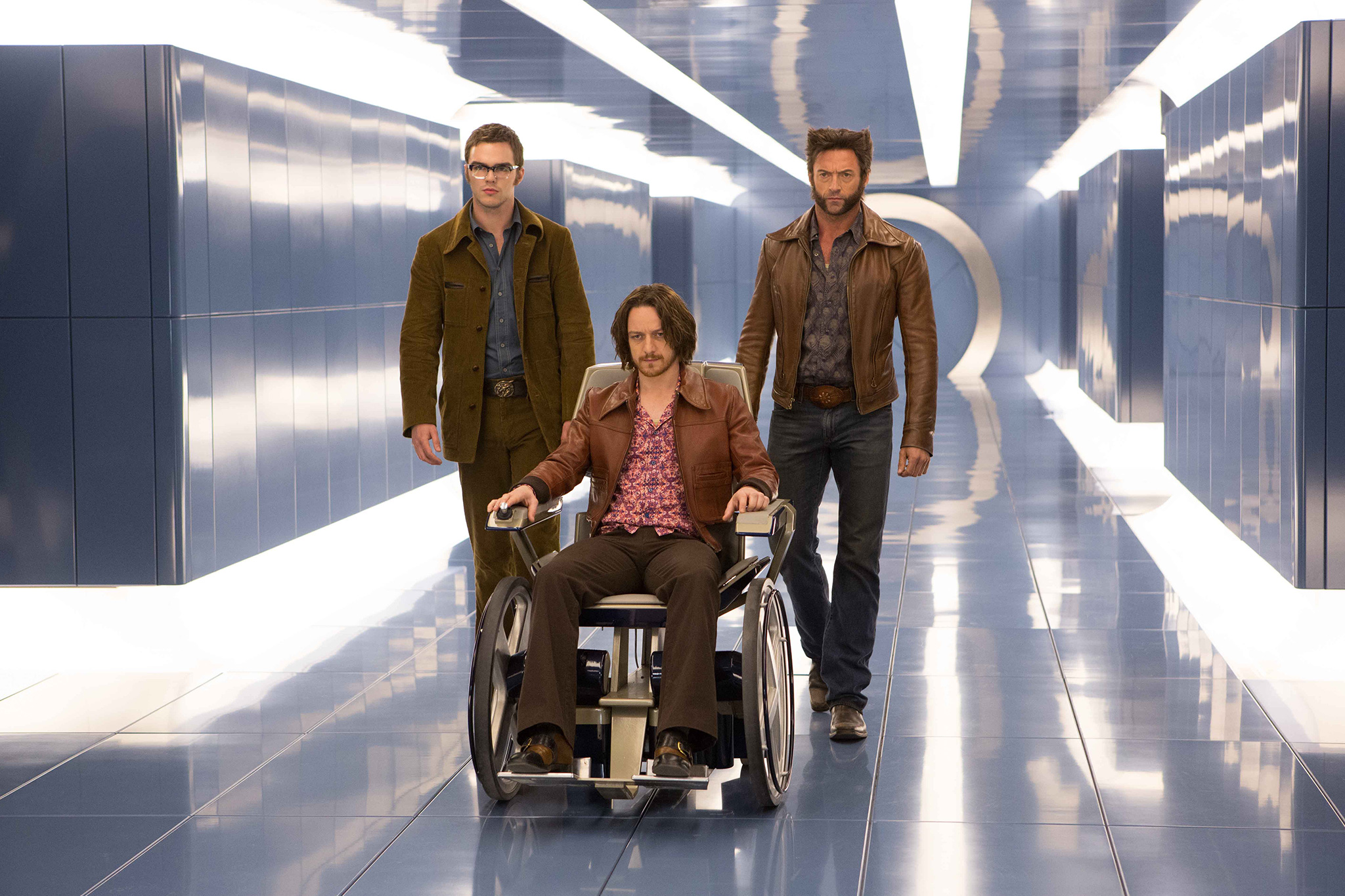When student Taylor Hendricks runs through the song and dance number “Accident Waiting to Happen” for the upcoming spring musical, the show calls for it to be done while wearing a pair of roller skates.
“Break a leg” seems to be a poor choice of words.
Rather, it is more appropriate to reference another cliché from the theater world: the show must go on.
“Any initiative that we push, it’s going to be hard at first and [we] will take that spearhead up… and the students will get on board. They get on board every time,” said Theater and Performing Arts Department Coordinator Titian Lish.
The upcoming student production of “The Drowsy Chaperone,” set for Mar. 8 to 17 at the Mertes Center for the Arts at Las Positas College, exemplifies a revisionist mindset.
On its surface, the Tony Award winning musical is a decidedly old-fashioned throwback to the optimistic styling of 1920s broad comedy. Yet this outward farce conceals a postmodern sensibility and narrative structure.
Looking to also apply a progressive lens to past conventions, the LPC Theater Department is remixing their own resources in service of expanding the breadth of the theater program.
This is most outwardly represented by the dynamic of the old guard working in unison with the ambition of the new wave.

Ken Ross, former LPC Theater department head and now part-time instructor, said, “I’m able to share my knowledge and my leadership. I’m able to share that with students of a different generation. Especially given the fact that musical theater has been such an important, joyous part of my life.”
Two years ago, Ross suggested the multi-Tony Award winning show for Lish’s consideration.
“It feels like a classical musical, but it has the comedy of a modern musical,” Lish says, “Which is difficult from a style standpoint.”
The musical scaffolds a show-within-a-show premise, where the nameless lead role, Man in Chair performed by Kyle Burgess, plays a vinyl LP soundtrack in his home. As the record spins on a turntable, characters from the recording enter from hidden compartments and materialize out of appliances.
For Ross, a key component of the musical is its abundance of equally weighed roles.
“It gives 13 students a chance to shine,” Ross says, “To have their moment, as opposed to many musicals that have maybe four or five leads and an ensemble. This, in effect, has 13 leads.”
But for Lish, the challenge posed by the stage design was an equal draw.
“It presented us some unique challenges from a design concept to create something from scratch with our students that has complexity to the build,” she said.
This ambition is attributable to the increasing scope of the theater program.
It began with the opening of the 54,000-square-foot Barbara Mertes Center of the Arts in 2008, and more recently incorporated a 24-unit Career Technical Education (CTE) program in Technical Theater.
“(The) program is really big for a new technical theater program,” Lish said, “I think that is because we’re doing a lot of really unique productions that focus on different skill sets every time.”
A current student enrolled in the CTE program happens to be Burgess, the lead actor of the show, who is planning for life after this production.
“I want to design lighting for theater. I want to work in a theater,” Burgess said.

Musical Theater Workshop is offered every fall semester and acts as a feeder into the following spring musical. Aaron Young, a first-time stage manager with “The Drowsy Chaperone,” was enrolled in the workshop this past fall.
Young said, “I haven’t done too much professional (work), that’s why I’m here. But they treat it very professionally. The school’s goal is to replicate it in order to get you prepared.”
As students plan for the future, so does the LPC Theater Program.
“We do have a very big next step in the program,” Lish said, “But it’s still in the planning phases. [In] two years we’ll be able to launch a program that is both complimentary to what we have, but also very radically different than what we have.”
As with the “The Drowsy Chaperone,” by honoring the legacy of the past while also applying it toward present day advancement, it is the fusion of these two states that hints at the future.
“Our hope is that in two years (we’ll) offer a more comprehensive and focused and specific training program for actors in the area,” Lish said, “Our hope is that it’s a conservatory. There isn’t one in Northern California. And I think I’ll take that.”
In the meantime though, the show must go on.




